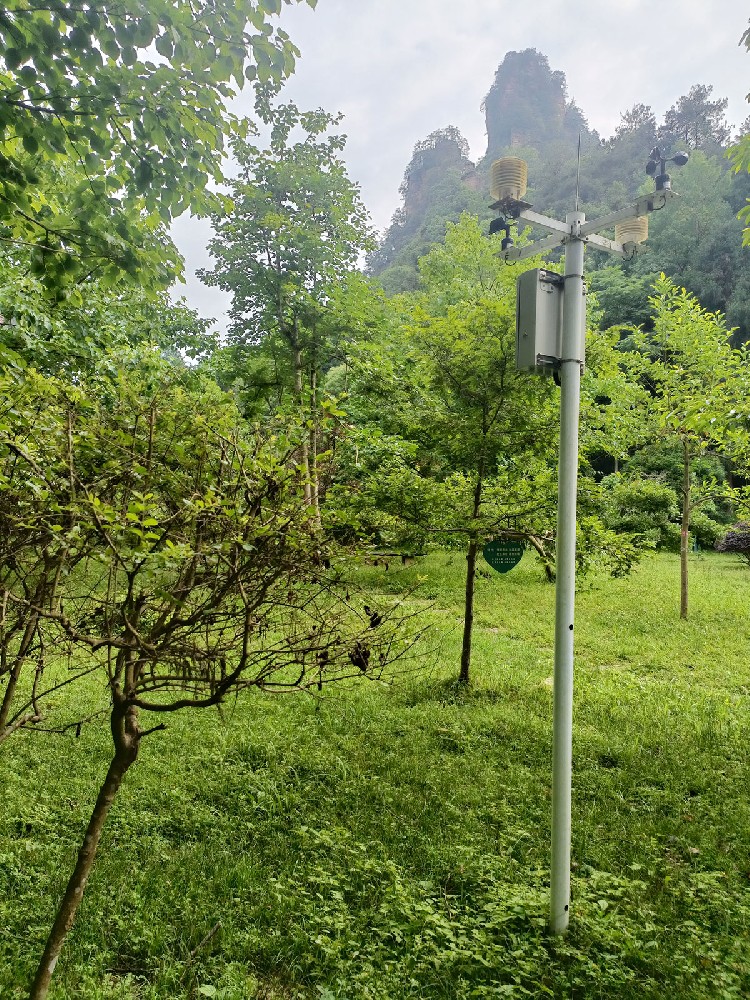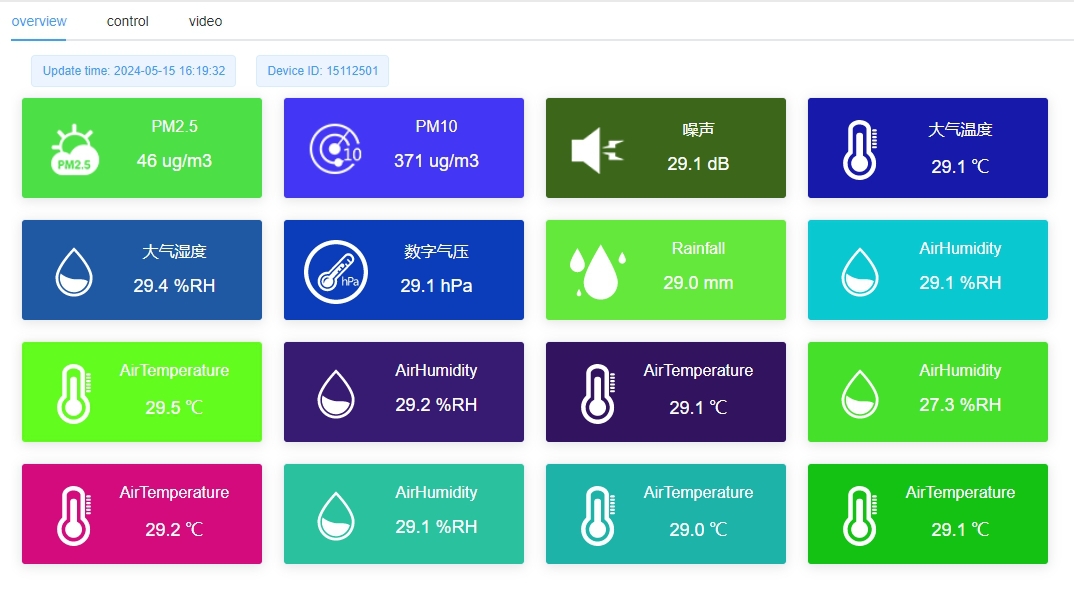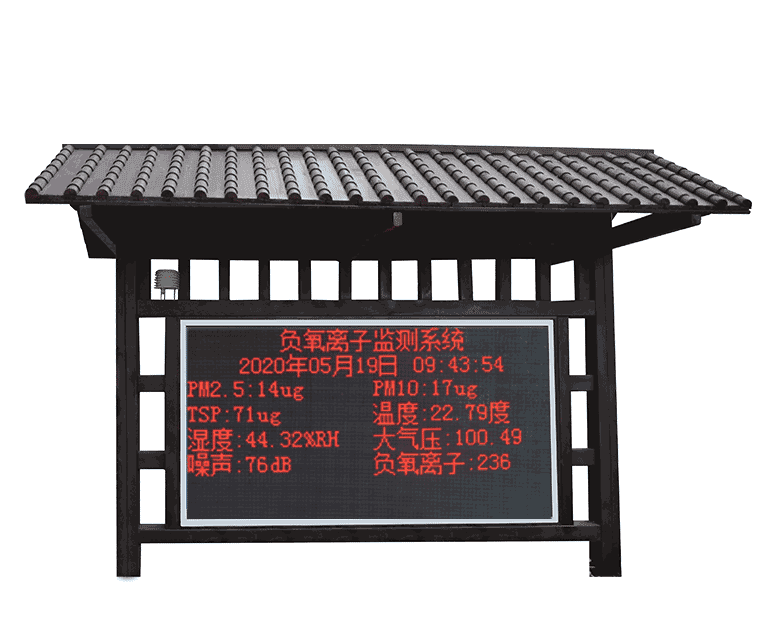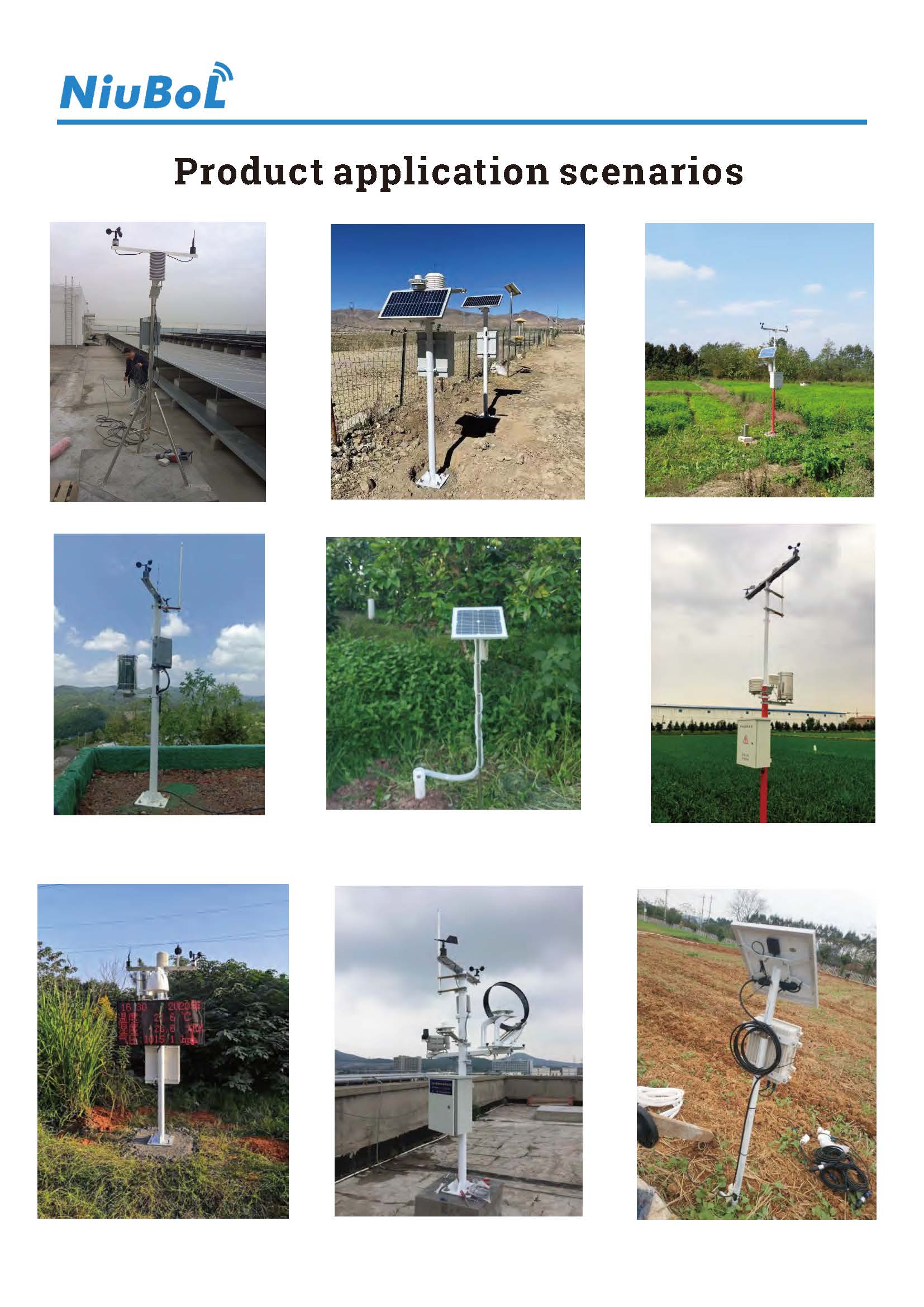

— Blogs —
—Products—
 Consumer hotline +8618073152920
Consumer hotline +8618073152920 WhatsApp:+8615367865107
Address:Room 102, District D, Houhu Industrial Park, Yuelu District, Changsha City, Hunan Province, China
Product knowledge
Time:2025-04-03 14:15:37 Popularity:40
Meteorological monitoring equipment, as an important achievement of modern technology, is widely applied across multiple industries, playing a crucial role. From agricultural production to aviation safety, from urban construction to environmental protection, these devices provide real-time and precise meteorological data, offering scientific support for decision-making across various sectors, enhancing production efficiency, and ensuring safety.
Meteorological monitoring equipment is primarily used to monitor key atmospheric elements in real time, such as temperature, humidity, atmospheric pressure, wind speed, wind direction, precipitation, and sunlight. These data help workers in relevant fields accurately understand environmental changes, make appropriate adjustments, and thus improve work efficiency, ensure safety, and optimize resource allocation.
In the agricultural sector, meteorological monitoring equipment is a core tool for promoting precision agriculture. By monitoring various meteorological data such as temperature, humidity, precipitation, and soil moisture in real-time, farmers can scientifically arrange irrigation, fertilization, sowing, and harvesting schedules, thereby improving crop yield and quality. Additionally, meteorological data can help in the prevention of crop pests and diseases, reducing the potential threats posed by weather conditions to crops.
1. Precision Irrigation: Based on real-time meteorological data, farmers can rationally manage irrigation systems, avoiding both over-irrigation and insufficient irrigation, thus saving water resources while improving the growing environment for crops.
2. Crop Growth Management: Meteorological devices can monitor the effects of factors such as temperature and humidity on crop growth, helping farmers adjust agricultural management strategies in a timely manner.
3. Climate Change Research: By accumulating long-term meteorological data, researchers can better understand trends in climate change, optimize crop selection, and adapt to different climatic conditions.

In the aviation sector, meteorological monitoring equipment is a vital tool for ensuring flight safety. By monitoring meteorological elements such as wind speed, wind direction, and atmospheric pressure in real-time, pilots and airlines can obtain accurate meteorological information, ensuring the safe takeoff, landing, and smooth operation of flights. Meteorological devices can also forecast and warn of adverse weather conditions such as thunderstorms, strong winds, and low visibility, helping the aviation industry take appropriate actions to ensure flight safety.
1. Flight Scheduling: Accurate meteorological data helps airlines arrange flights effectively, avoiding delays caused by severe weather.
2. Flight Safety: Pilots can use real-time meteorological data to adjust flight altitude and route, ensuring flight safety.
3. Extreme Weather Response: Timely meteorological warning systems can alert the aviation industry to extreme weather events such as typhoons and heavy snow, providing crucial support for aviation safety decision-making.

Meteorological monitoring equipment plays an important role in urban management and construction. By monitoring urban microclimates, meteorological devices provide scientific data for urban planning and building design. Especially when dealing with extreme weather events, meteorological monitoring equipment can issue early warnings, providing meteorological data support to urban management departments, ensuring the smooth operation of urban infrastructure, and the safety of residents.
1. Urban Climate Monitoring: Continuous monitoring of urban climate helps urban planners understand temperature and humidity features in different areas, providing guidance for building design and traffic planning.
2. Extreme Weather Warnings: Meteorological devices can issue early warnings for extreme weather events like heavy rain, strong winds, and cold waves, helping urban managers prepare for disaster prevention and minimize losses caused by natural disasters.
3. Smart City Development: Meteorological data supports intelligent city systems, improving environmental monitoring, energy management, and public safety.
Meteorological monitoring equipment plays a crucial role in multiple sectors, further showcasing its diversity and adaptability in modern society.
1. Traffic Management: Meteorological devices can monitor road temperature, humidity, visibility, and other parameters in real-time, providing drivers with up-to-date road conditions, helping to avoid traffic accidents. In adverse weather conditions, real-time monitoring assists traffic management departments in taking appropriate measures to ensure road safety.
2. Environmental Monitoring: Meteorological monitoring devices can be used to monitor air quality, detecting pollutants like PM2.5 and PM10, helping government and environmental protection departments assess pollution levels and provide scientific evidence for environmental protection.
3. Energy Management: Meteorological devices are also used to monitor weather-related data relevant to energy production, especially in the renewable energy sector, such as wind and solar power. By analyzing meteorological data, energy production can be optimized, improving energy efficiency.
4. Marine Monitoring: In the marine sector, meteorological monitoring devices are used to monitor sea surface wind speed, wave height, atmospheric pressure, etc., ensuring navigation safety and supporting marine resource development.

With continuous technological advancement, automatic weather stations, as the core equipment for meteorological monitoring, are widely applied across various fields. Automatic weather stations integrate various sensors to achieve 24/7, automated monitoring of meteorological elements. Their basic components include:
1. Meteorological Sensors: Used to collect real-time data such as wind speed, wind direction, temperature, humidity, and atmospheric pressure.
2. Data Collectors: Responsible for collecting data from the sensors and performing preliminary processing.
3. Communication Modules: Transmit the collected data to remote servers or cloud platforms, enabling real-time data transmission and monitoring.
4. Power Systems: Ensure the continuous operation of the equipment, typically powered by solar energy or batteries.
The advantages of automatic weather stations lie in their high precision, high frequency, and ability to work in all weather conditions, making them essential tools for meteorological forecasting, environmental monitoring, and disaster warning systems.

Meteorological monitoring equipment is increasingly becoming an essential tool across various industries, especially in agriculture, aviation, urban management, transportation, and environmental protection. With advancements in technology, these devices will become even more intelligent and precise, providing robust data support for sustainable development and safety. Whether addressing climate change or supporting everyday production and life, meteorological monitoring equipment will continue to demonstrate its unique value and potential.
Prev:Core Advantages and Application Areas of Automatic Weather Stations
Next:Agricultural Weather Stations: Intelligent Support for Modern Agriculture
Related recommendations
Sensors & Weather Stations Catalog
Agriculture Sensors and Weather Stations Catalog-NiuBoL.pdf
Weather Stations Catalog-NiuBoL.pdf
Related products
 Combined air temperature and relative humidity sensor
Combined air temperature and relative humidity sensor Soil Moisture Temperature sensor for irrigation
Soil Moisture Temperature sensor for irrigation Soil pH sensor RS485 soil Testing instrument soil ph meter for agriculture
Soil pH sensor RS485 soil Testing instrument soil ph meter for agriculture Wind Speed sensor Output Modbus/RS485/Analog/0-5V/4-20mA
Wind Speed sensor Output Modbus/RS485/Analog/0-5V/4-20mA Tipping bucket rain gauge for weather monitoring auto rainfall sensor RS485/Outdoor/stainless steel
Tipping bucket rain gauge for weather monitoring auto rainfall sensor RS485/Outdoor/stainless steel Pyranometer Solar Radiation Sensor 4-20mA/RS485
Pyranometer Solar Radiation Sensor 4-20mA/RS485
Screenshot, WhatsApp to identify the QR code
WhatsApp number:+8615367865107
(Click on WhatsApp to copy and add friends)